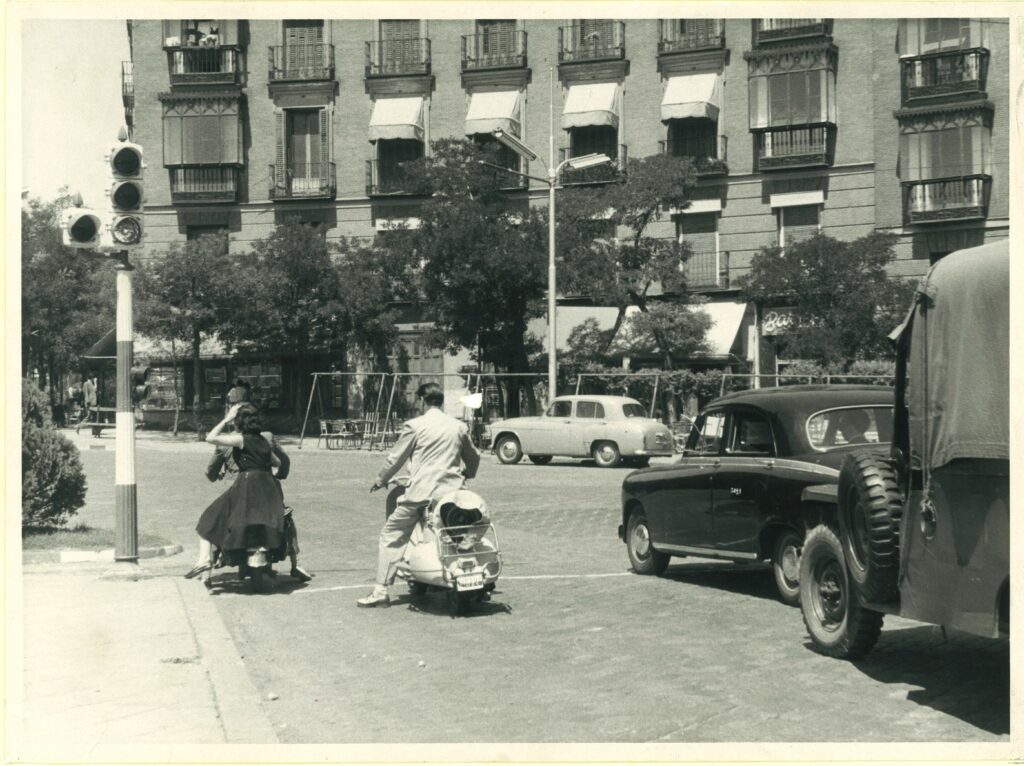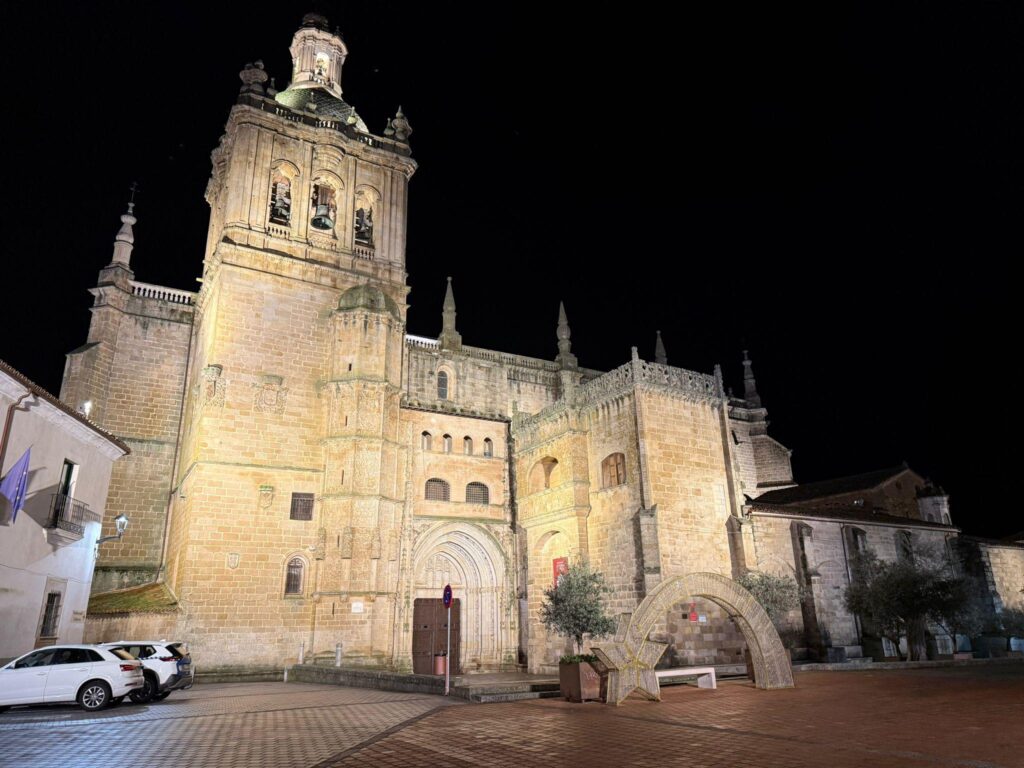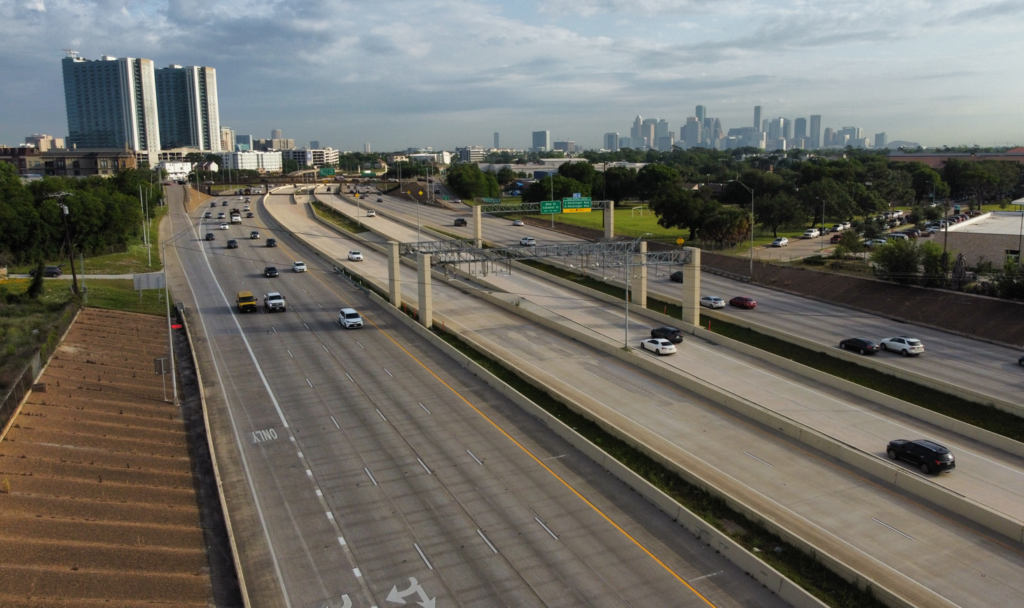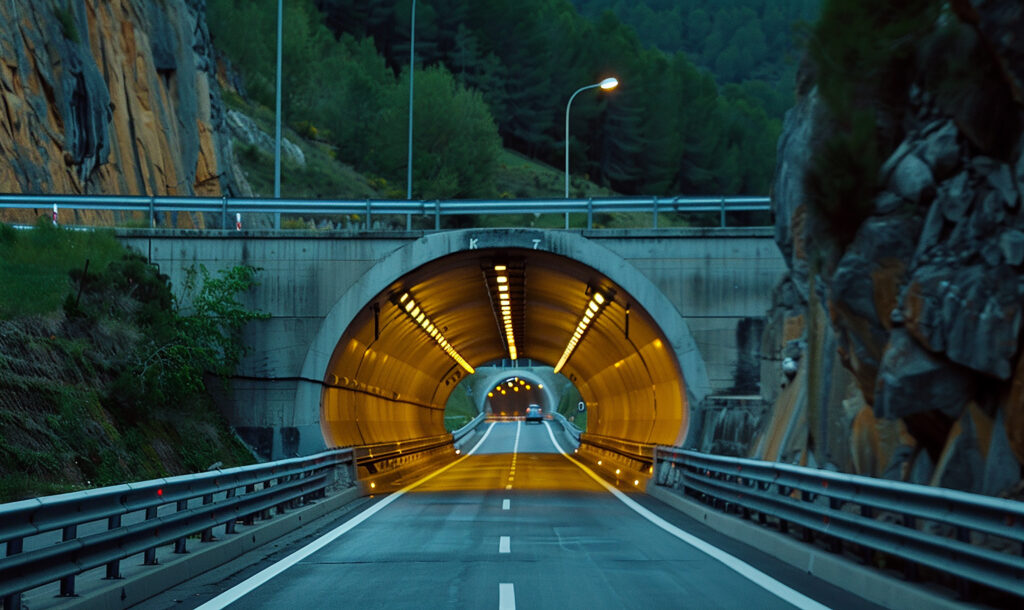150 years ago, in December 1868, the world’s first traffic light was installed in London outside the British Parliament in Westminster.
Taking railway signals as his inspiration, railway engineer John Peake Knight devised the first traffic light used to control traffic. The design consisted of two vertical arms with two gas lamps. During the day, when the arm was in the vertical position it indicated “go”, while in horizontal position it indicated “stop”; and at night gas lamps with the colours green for “go” and red for “stop” were used, operated manually by a policeman. A few months after its installation, an accidental explosion seriously injured the policeman in charge of its operation and the traffic light was removed.
The greater need for traffic control due to the increased use of various types of vehicles and the resulting traffic congestion led to the revival of the traffic light idea in the early 20th century. Developments in the installation of the first electric street lamps allowed J.P. Knight’s invention to be adapted to a safer, electric design. And so the world’s first electric traffic light was installed in Cleveland, USA, in 1914. The first in Europe was set up in Berlin, Germany, just 10 years later.

In 1926, the company SICE (then linked to General Electric, owner of the traffic light patent), undertook the first installation in Spain of a “street light with luminous signals to regulate the circulation of pedestrians and vehicles”, which we now call a “traffic light”. This first traffic light was installed in Madrid, at the intersection of Calle Alcalá and Conde de Peñalver (today’s Gran Vía). At the time, this was one of the most problematic junctions in the city, and it is no coincidence that the main dealerships were to be found here: Citroën, Fiat, Renault and Chrysler-Seida. By this time, the colour amber had been incorporated into the traffic light design, warning the driver of the imminent change of colour.
In view of the general lack of public awareness of the meaning of traffic light colours, newspapers were used to drive home the message about Traffic Regulations, and to teach drivers and pedestrians when and how to cross.





